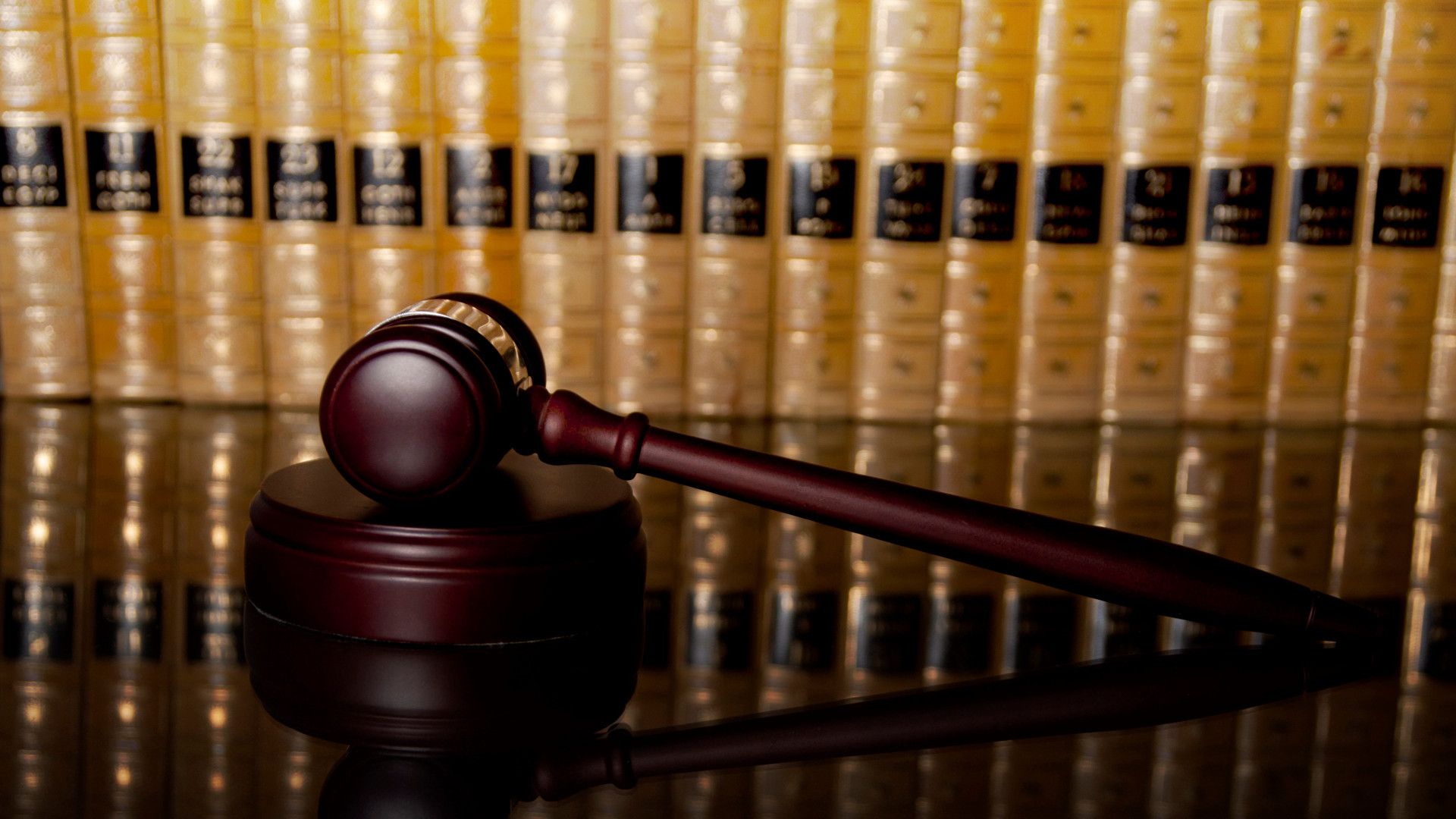In the legal profession, networking and making a lasting impression are key elements to building a successful career. One tool that can greatly assist in this endeavor is a well-designed and professionally crafted law business card. In this article, we will explore the importance of law business cards and provide tips for creating impactful and memorable cards that reflect your professional identity and leave a lasting impression on potential clients, colleagues, and contacts.
The Power of a Law Business Card
Contents
In the digital age, where information is readily available at our fingertips, one might question the relevance of physical business cards. However, law business cards remain an essential networking tool, as they provide a tangible representation of your professional identity and act as a direct point of contact in face-to-face interactions. They are an opportunity to leave a lasting impression and facilitate future connections.
Design Elements Law
When designing law business cards, it is crucial to create a visually appealing and professional look that aligns with your legal practice. Consider using a clean and minimalist design with clear typography that showcases your name and contact information prominently. Incorporate your law firm’s logo, if applicable, to enhance brand recognition. It’s also essential to choose a high-quality paper stock that conveys a sense of professionalism and durability.
Contact Information Business Card
Your law business card should include essential contact information to facilitate communication. Include your name, job title or area of expertise, phone number, email address, and website. If you have multiple office locations, consider adding the addresses of your primary offices or include a general firm address. Including your social media handles, such as LinkedIn, can also be beneficial for professional networking.
Branding and Visual Identity
A well-designed law business card can serve as a reflection of your law firm’s branding and visual identity. Consistency in design elements, color schemes, and fonts can help reinforce your firm’s image and make your card more recognizable. Incorporate your firm’s logo, colors, or other brand elements to create a cohesive and professional look that aligns with your overall marketing materials.
Unique Features and Finishes
To make your law business card stand out, consider incorporating unique features and finishes. Foil stamping, embossing, or spot UV coating can add a touch of elegance and sophistication to your card. However, strike a balance between creativity and professionalism, ensuring that any unique features complement rather than overshadow the essential information on the card.
Information Organization
Clear and organized information layout is crucial for effective law business cards. Consider using a logical hierarchy, such as placing your name and job title in a prominent position, followed by contact details. Including a QR code that links to your website or online profile can also be a convenient way for recipients to access more information about you and your firm.
Professional Photography
Including a professional headshot on your law business card can enhance personal connection and trust. Invest in high-quality photography that portrays you in a professional and approachable manner. A well-captured image can help recipients remember you and associate a face with your name and services.
Law business cards continue to play a vital role in networking and establishing a professional presence in the legal industry. By carefully considering design elements, contact information, branding, unique features, and information organization, you can create law business cards that make a memorable impact. Remember, a well-designed business card is not just a piece of paper, but a representation of your professional identity and an opportunity to leave a lasting impression on potential clients and professional contacts.
